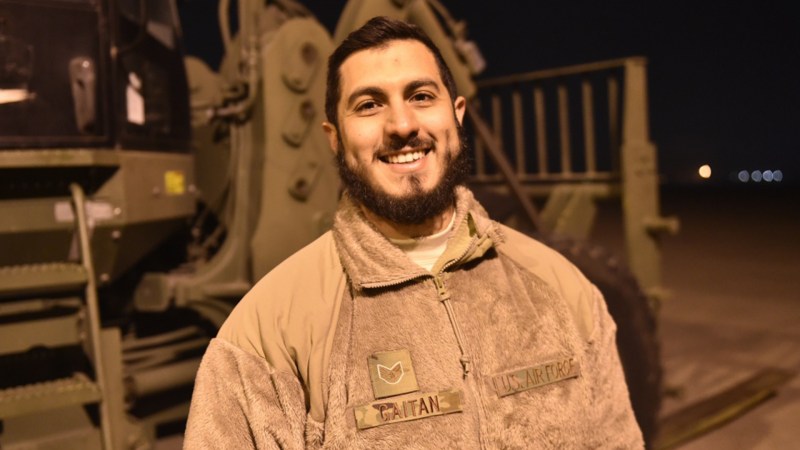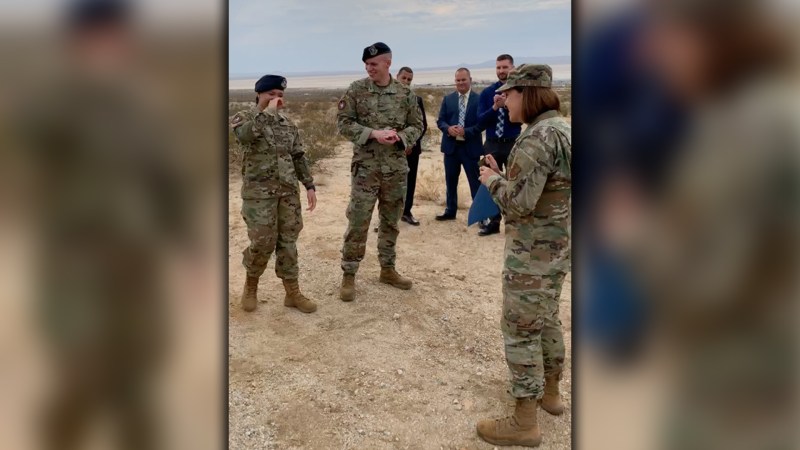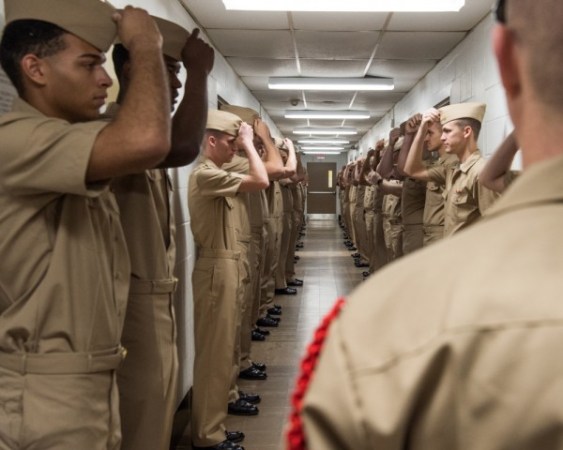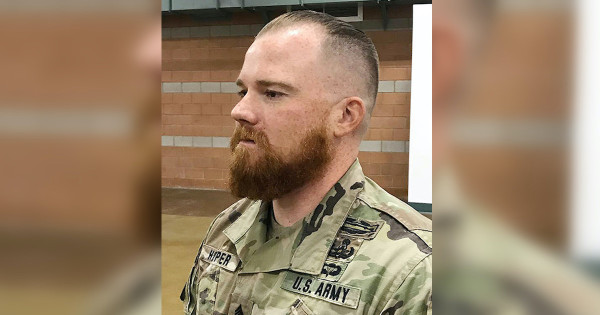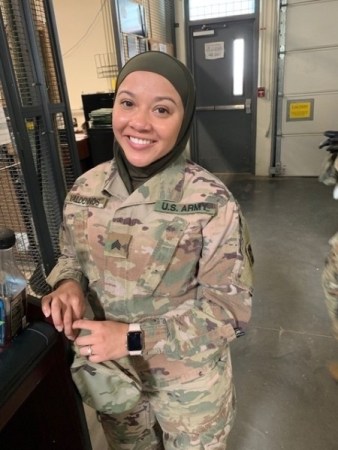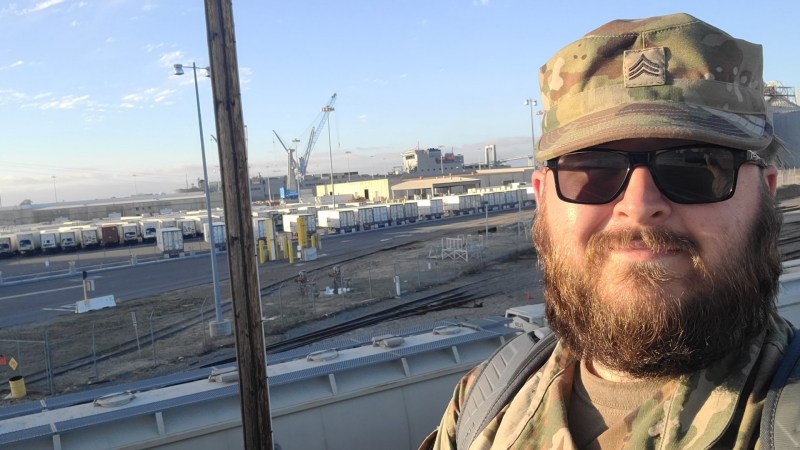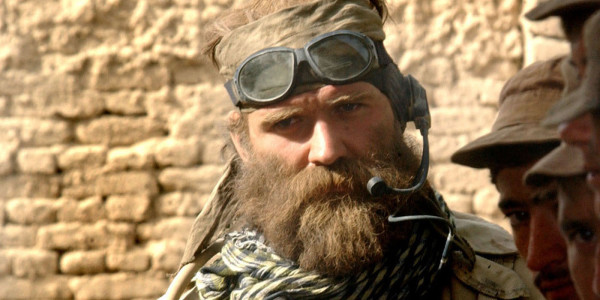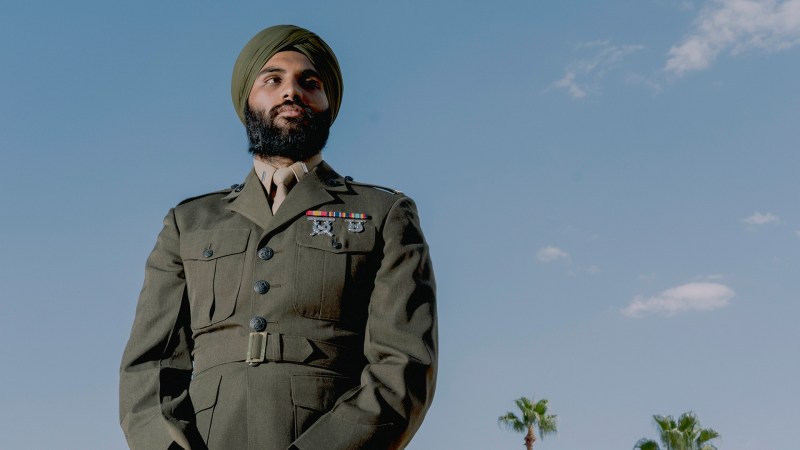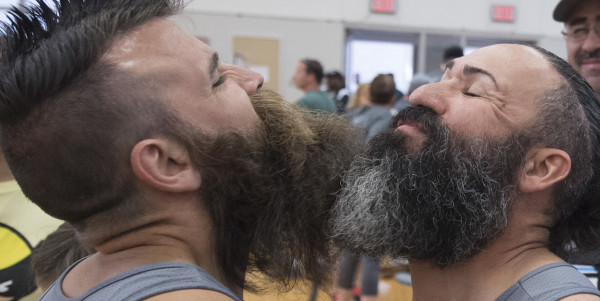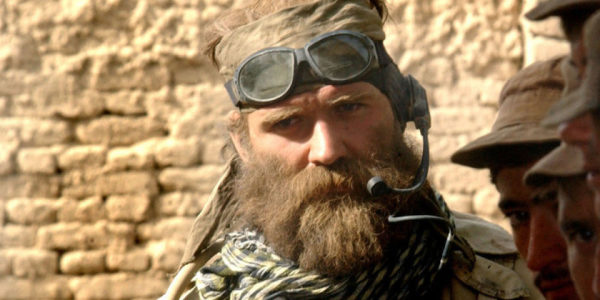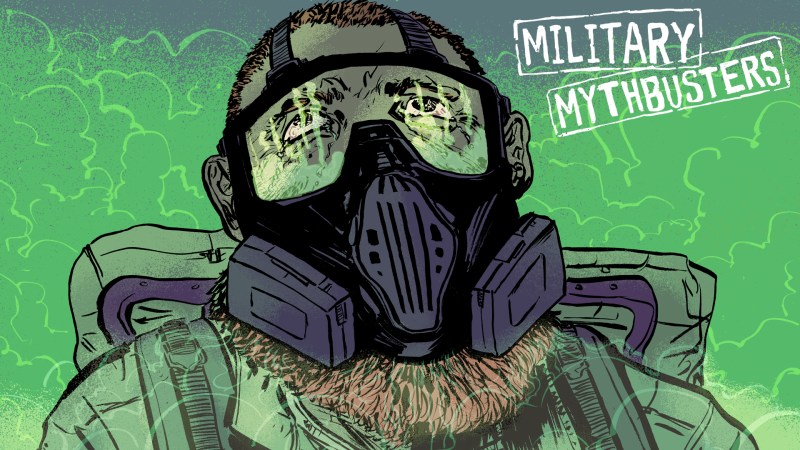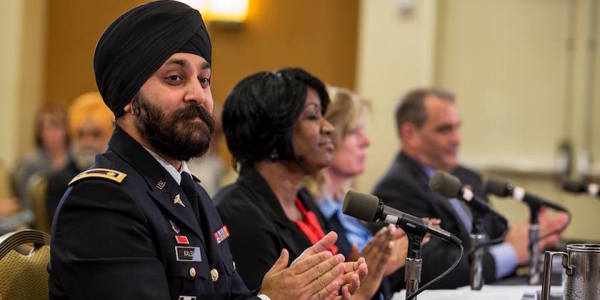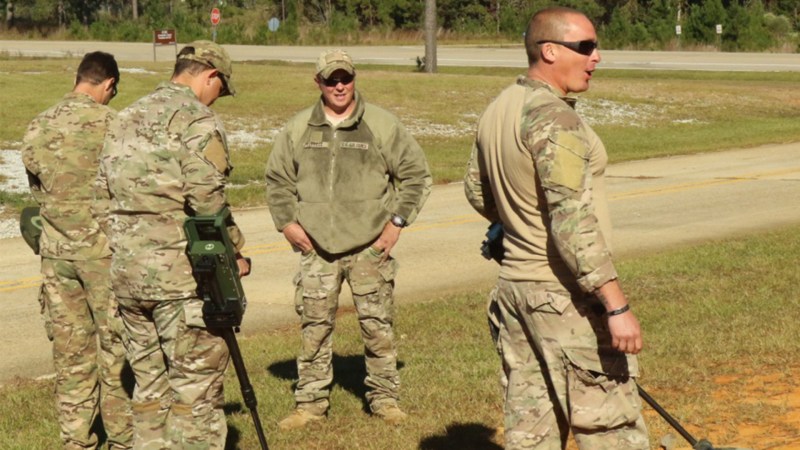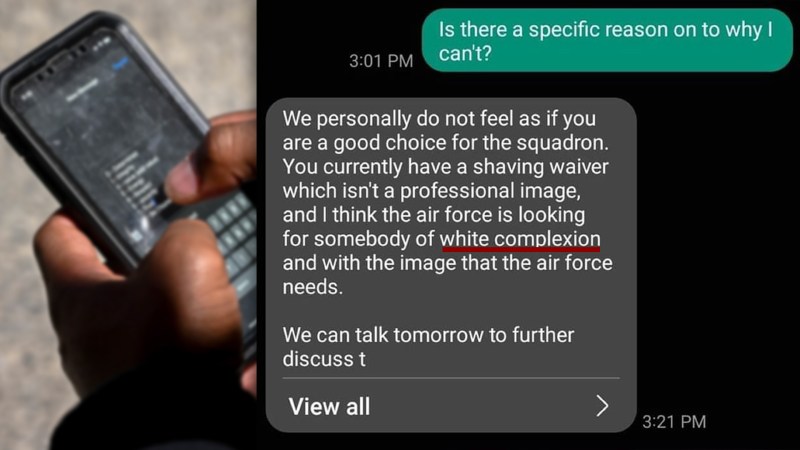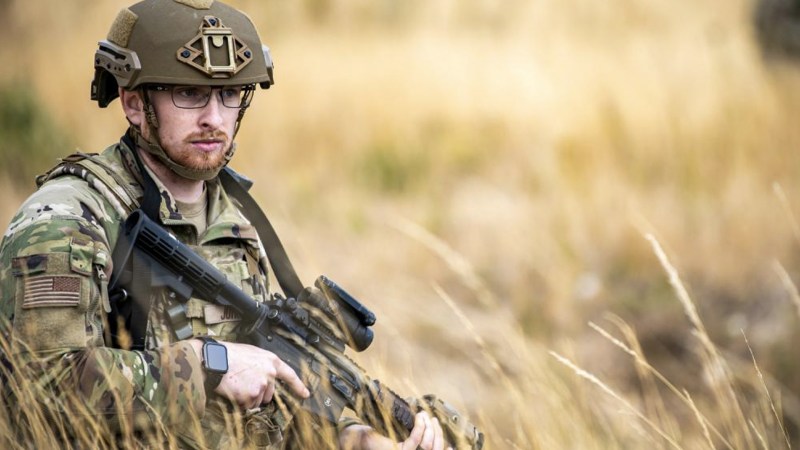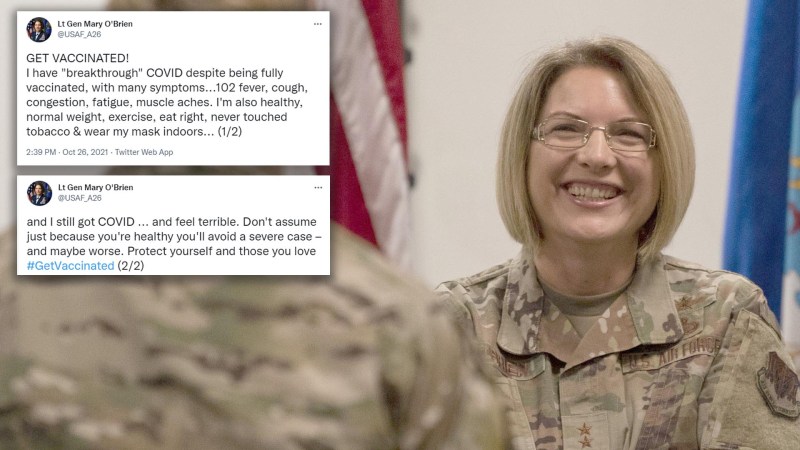The Air Force on Friday became the second branch of the U.S. military to approve the wearing of beards, turbans, hijabs, under-turbans/patkas, unshorn hair and other indoor/outdoor head coverings for religious reasons.
According to the updated regulation, “Dress and Personal Appearance of Air Force Personnel,” the Air Force allows all such apparel and beards as long as the airmen wearing them make it through a religious accommodation waiver process, that they appear “neat and conservative,” and that the apparel and beards don’t interfere with personal safety.
“Requests should normally be recommended for approval unless approval would have an adverse impact on military readiness, unit cohesion, standards, or discipline,” the Air Force wrote. “When requests are precluded by military necessity, commanders and supervisors should seek reasonable alternatives.”
The Sikh Coalition, an advocacy group which works on behalf of Sikhs and other religious minorities in the military, praised the new regulation.
“No Sikh American should have to choose between their religious beliefs and their career ambitions,” said Giselle Klapper, Sikh Coalition Staff Attorney. “Sikhs have served honorably and capably in the U.S. Armed Forces and other militaries around the world, and while we are eager for a blanket proclamation that all observant Sikh Americans can serve in every branch of the military without seeking accommodations, this policy clarification is a great step forward towards ensuring equality of opportunity and religious freedom in the Air Force.”
The regulation follows years of individual airmen and other service members receiving waivers for religious beards and apparel. In 2018, Staff Sgt. Abdul Rahman Gaitan became the first Muslim airman to receive a religious accommodation beard waiver. Last year, Capt. Maysaa Ouza became the first Air Force Judge Advocate General Corps officer to wear hijab.
Also in 2019, Airman 1st Class Harpreetinder Singh Bajwa became the first Sikh airman to receive an accommodation for a turban, beard and unshorn hair, and two Norse Heathen airmen were also allowed to grow beards.
Friday’s regulation formalizes such waivers into a multi-step review process. As part of the process, an airman must describe the religious basis for — and include a comment on the sincerity of — the request. A chaplain must then interview the requesting airman and submit a recommendation to the wing chaplain (or the unit’s equivalent of a wing chaplain).
A staff judge advocate must also review the request package. It is is up to the wing commander (or the unit’s equivalent of such a commander) to make the final decision.
Based on the Air Force regulation, a disapproval should be based “on real (not theoretical) compelling government interest” (i.e. safety) or when precluded by a “compelling” (i.e., especially important) governmental and/or Air Force interest.
As described in sample memos included in the regulation, safety concerns might include wearing a gas mask or going within 25 feet of an operating aircraft. In such cases, an airman’s command could order an immediate removal of the turban, hijab or facial hair (although it’s not clear how much time an airman would have to shave).
There are plenty of smaller regulations detailing how religious beards and apparel should look in order to appear “neat and conservative,” the Air Force writes. For example, hijabs must be closely fitted to the contours of the airman’s head and neck, tucked under the uniform top, and cannot cover the airman’s eyebrows, eyes, cheeks, nose, mouth or chin.
Another example of “neat and conservative” is color. According to the regulation, turbans, hijabs, under-turbans or other headwear must be plain, dark blue, black, and free of designs or markings except when matching with the airman’s camouflage uniform.
Airmen assigned to units wearing a beret of any color may wear an appropriately-colored head covering as directed by the unit commander, one sample memo explains.
The same “neat and conservative” approach applies to beards, which must not exceed two inches when measured from the bottom of the chin, the regulations states. Beard hair longer than two inches must be rolled and/or tied to achieve the required length. Airmen can use styling products on their beards, but petroleum-based products are not allowed while wearing a protective mask.
For those wondering, the regulation says that “a mustache worn with a beard may extend sideways beyond the corners of the mouth to connect with the beard, but must be trimmed or groomed to not cover the upper lip.”
The Air Force is first in many things, but in this case the branch came in second to the Army, which in 2017 became the first military branch to grant religious exemptions for beards, turbans and hijabs. The Sikh Coalition said the Air Force regulation closely resembles the Army’s. The Coalition said both changes were influenced by a years-long advocacy and litigation campaign by the Coalition and its pro bono co-counsel at McDermott Will & Emery.

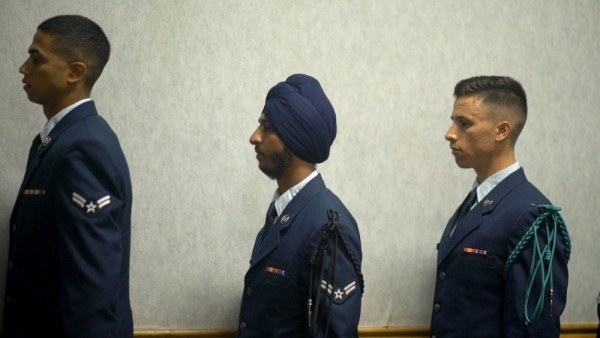
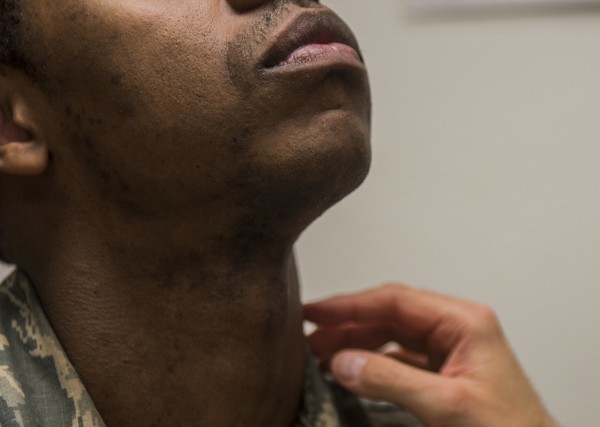
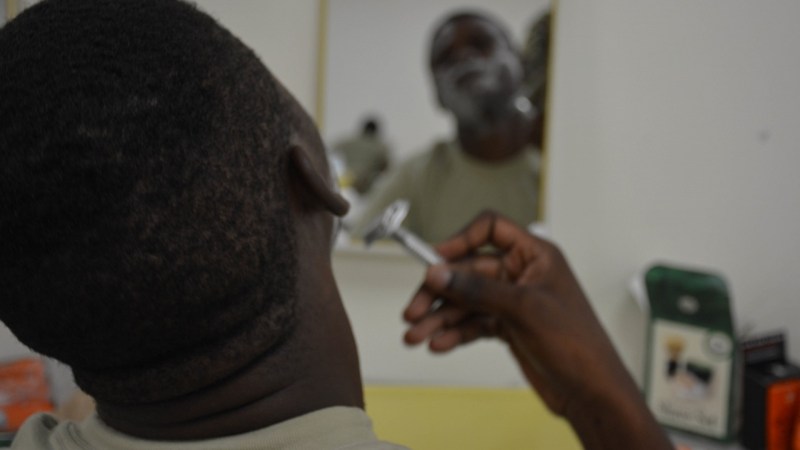
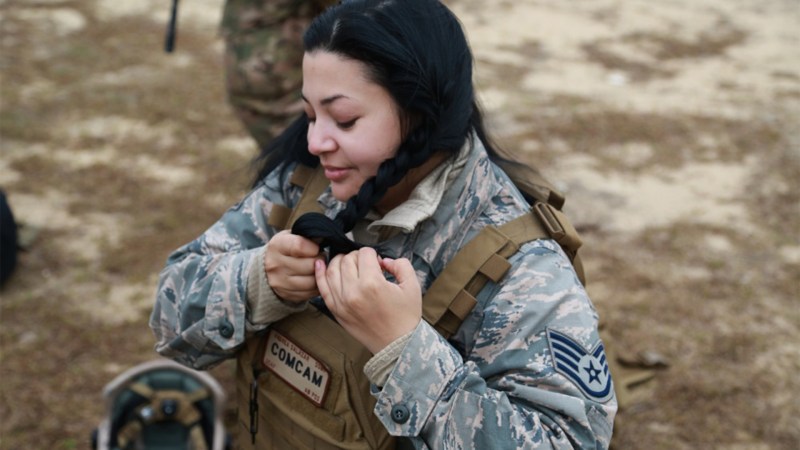

![The Air Force’s anti-beard policy is actually damaging airmen’s careers [Updated]](https://taskandpurpose.com/wp-content/uploads/2021/07/14/shaving-2.jpg?w=800)
